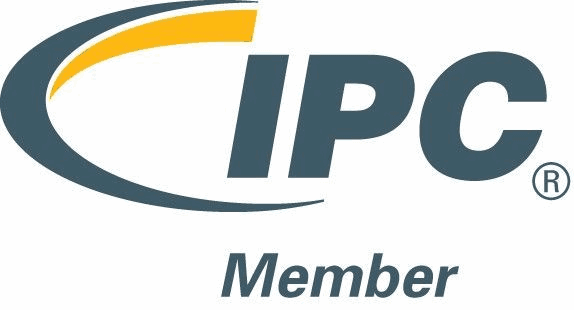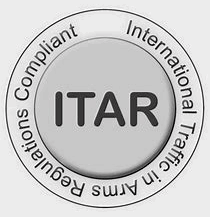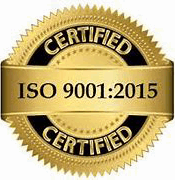Inventory management for start-ups and small companies can be as simple as counting and tracking using pen and paper. As companies grow and inventory tasks become more varied, they often turn to more complex technologies, such as ERP systems, to help manage inventory.
Unfortunately, even the most advanced ERP solutions don’t guarantee success in and of themselves. As with any system, basic best practices must be followed to ensure accuracy and clarity. The following are a few of the top inventory management tips.
First, you should define and implement consistent methodologies for receiving items into inventory. Which specific steps must be followed? Who performs each step? How will accountability be observed and analyzed? Regardless of the system used, standard unpacking, counting, and verifying procedures will help minimize incidents and discrepancies that can leave you with excess stock or, worse, a lack of profitable stock items.
Consider categorizing your stock into smaller groups to help you provide more appropriate resources for your overall inventory. For example, you might divide your inventory into higher-cost goods that take longer to sell and require a longer shelf life (and which you will ultimately order fewer of), lower-cost goods that sell very quickly and require shorter shelf life (and which you will be consistently reordering), and moderate-cost goods with average turnover and quantities. By better arranging the physical and the digital spaces these items occupy, you can streamline ordering, receiving, and processing.
Using these categories, you can also identify and prioritize the items that comprise the bulk of your sales. By focusing on these items, you can quantify the sales lifecycle, more accurately forecast inventory levels and ensure they are never out of stock.
On an ordering-related note, successful companies prefer to perform their own restocking orders. Vendors will offer to perform this function on your behalf, supposedly saving you human resources and costs. However, their priorities for stocking your shelves will be based on their business objectives rather than yours. This is a key area where the categorizing mentioned above can greatly impact your prospects for success.
While it may seem obvious, you should regularly audit your inventory. This includes performing a comprehensive physical count at least once a year and spot checks of fast-moving inventory on a more regular basis (many do this monthly). Even the most advanced ERP systems depend on human verification for accuracy and effectiveness.
In addition to physical counts, cutting-edge inventory management processes can include additional tracking data. This data may include lot numbers and countries of origin for quality tracking, SKUs and barcodes for sales tracking, and sourcing costs for tracking and ensuring profitability. When deciding which additional data to track, ensure you have a business case to justify the extra labor resources required to manage them. Don’t just track data for the sake of tracking it - make sure it relates directly to a specific objective.
Following these simple best practices can significantly impact your inventory management success. When you combine solid processes with ERP technology, you can stay on top of inventory, maintain timely ordering and protect your overall profitability. As with any technology, your ERP inventory management system is only as good as the team that uses it, their protocols, and how strictly they are being followed daily.




